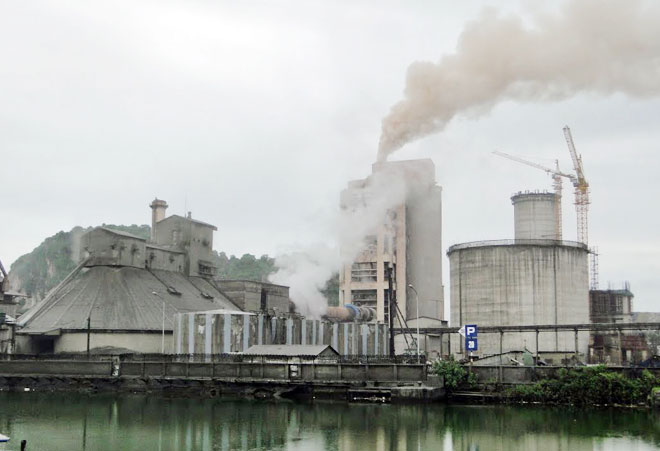|
How has
outdated Chinese technology entered Vietnam?
Vietnamese
businesses are continuing to import outdated Chinese technology despite
repeated warnings by scientists that the country could become a ‘technology
landfill’.

The
latest report of the Ministry of Science & Technology (MST) shows that
technologies used in most industries in Vietnam are outdated, causing serious
pollution to the environment.
While Vietnam’s global competitiveness in 2015 ranked 56th among 140 surveyed countries, its readiness in technology ranked 92nd, technology absorption 121st and ability to adopt new technology 112th. Experts have found a common characteristic of non-performing investment projects: they all use outdated technologies. These include the Ninh Binh fertilizer plant, Dinh Vu polyester plant and Thai Nguyen steel mill. Meanwhile, the leaders of the Vietnam Railway Corporation have been reprimanded for buying 160 used carriages from China. Why do Vietnamese businesses like Chinese equipment? At Hoa Sen Group’s extraordinary shareholders’ meeting held some days ago, when asked about the technology to be used at the Ca Na steel project, Le Phuoc Vu, president of Hoa Sen, said cheap materials in China were used to make equipment. A General Department of Customs’ report also showed that Chinese machines and equipment were very attractive to Vietnamese businesses. China was the biggest supplier of machines and equipment to Vietnam in the first eight months of the year with export turnover of $5.8 billion from the market, which accounted for 33 percent of total import turnover.
According
to Bui Trinh, a renowned economist, Chinese products are very cheap, while
Vietnamese businesses can save transport costs thanks to the close
geographical positions of the two countries.
Second, the buyers of Chinese equipment can access loans at preferential interest rates. Operating on a short-term vision, Vietnamese businesses still buy Chinese technologies, ignoring the warning that Vietnam may become the place for China to dump its old technologies. In order to prevent outdated technology from entering Vietnam, the 2013 Science & Technology Law stipulates that all investment projects must have technology examined. MST, when compiling the Technology Transfer Law, says that projects subject to technology transfer restriction and polluting projects have to have their technologies examined before licensing. However, the 2014 Investment Law stipulates that only projects subject to technology transfer restriction have to have technologies examined. As legal documents contain contradictory provisions, their enforcement is weak, which explains why outdated technologies, especially Chinese, continue to be brought to Vietnam through many different ways. MST has tried to install a barrier to prevent outdated technologies by releasing Circular No 23 which says that machines and production lines can be imported to Vietnam if they are not older than 10 years.
Kim
Chi, VNN
|
Thứ Hai, 31 tháng 10, 2016
Đăng ký:
Đăng Nhận xét (Atom)
Không có nhận xét nào:
Đăng nhận xét